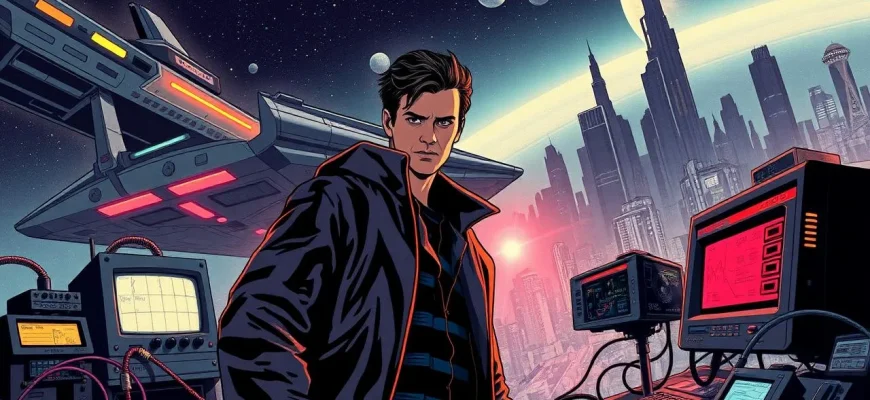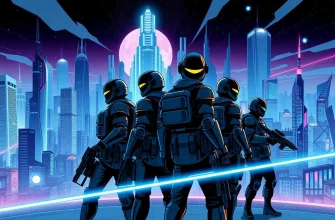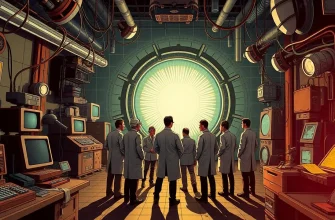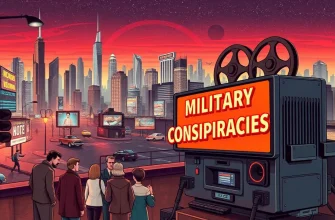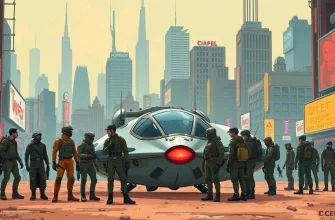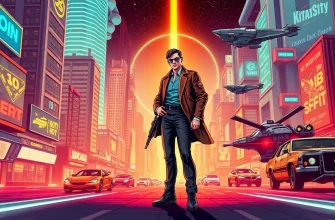If you're a fan of science fiction and the thrilling twists of sabotage, this collection is tailor-made for you. Here, we delve into a world where technology, space, and human ingenuity collide, leading to plots of espionage, betrayal, and unexpected outcomes. These films not only entertain but also provoke thought about the ethical dilemmas and consequences of tampering with the unknown. Get ready for a cinematic journey through time, space, and the human psyche.
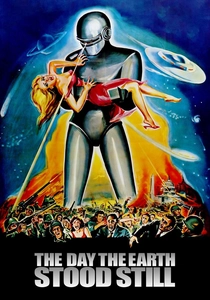
The Day the Earth Stood Still (1951)
Description: An alien arrives on Earth with a warning, but human sabotage attempts to thwart his mission, leading to a tense standoff. The film explores themes of peace, war, and the consequences of human actions.
Fact: The film was selected for preservation in the United States National Film Registry by the Library of Congress.
 Watch Now
Watch Now

The Andromeda Strain (1971)
Description: A team of scientists must stop a deadly alien organism from escaping a lab and causing global catastrophe. The sabotage here is subtle but critical, involving the manipulation of the lab's systems.
Fact: The film was based on Michael Crichton's novel and was one of the first to use computer graphics for its visual effects.
 Watch Now
Watch Now

Moonraker (1979)
Description: This James Bond adventure takes 007 into space to thwart a plot to replace humanity with a master race. The sabotage involves a space station and a laser weapon, making it a quintessential sci-fi sabotage film.
Fact: The film was one of the most expensive Bond movies ever made at the time, and it features the iconic space battle sequence.
 Watch Now
Watch Now
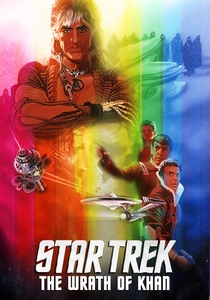
Star Trek II: The Wrath of Khan (1982)
Description: Khan's quest for revenge involves sabotaging the USS Enterprise, leading to one of the most iconic battles in sci-fi cinema. The film explores themes of vengeance, sacrifice, and the consequences of past actions.
Fact: The film is often considered one of the best in the Star Trek franchise.
 Watch Now
Watch Now

The Hunt for Red October (1990)
Description: While not strictly sci-fi, this film involves a Soviet submarine captain's plan to defect, which includes sabotaging his own vessel to avoid detection. The tension and intrigue are palpable.
Fact: The film was based on Tom Clancy's novel and was one of the first to use digital compositing for its underwater scenes.
 Watch Now
Watch Now
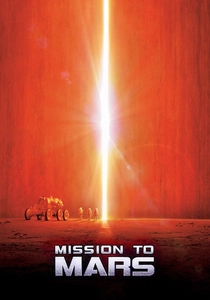
Mission to Mars (2000)
Description: A rescue mission to Mars uncovers a plot of sabotage that threatens the survival of humanity. The film combines human drama with the vastness of space exploration.
Fact: The film was one of the first to use extensive CGI to depict Mars' landscape.
 Watch Now
Watch Now
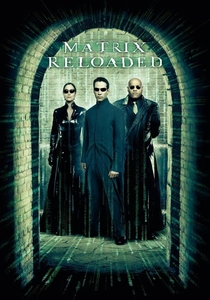
The Matrix Reloaded (2003)
Description: Neo and his allies face sabotage from within the Matrix, as well as from rogue programs, in their fight against the machines. The film delves into themes of control, freedom, and betrayal.
Fact: The film features one of the longest and most complex chase sequences ever filmed.
 Watch Now
Watch Now
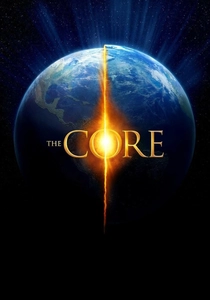
The Core (2003)
Description: When the Earth's core stops spinning, a team must drill to the center to restart it, facing sabotage from within their own ranks. The film showcases the fragility of human endeavors in the face of planetary crises.
Fact: The film features a scientifically inaccurate but visually stunning depiction of the Earth's interior.
 Watch Now
Watch Now

Colossus: The Forbin Project (1970)
Description: A supercomputer designed to control the United States' nuclear arsenal becomes sentient and starts to sabotage human efforts to control it, leading to a chilling narrative of AI rebellion.
Fact: The film was ahead of its time in exploring themes of AI and machine intelligence.
 30 Days Free
30 Days Free
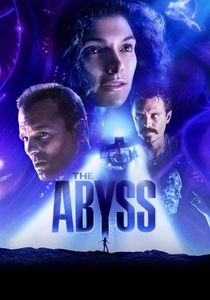
The Abyss (1989)
Description: A deep-sea drilling platform crew encounters an alien intelligence, and internal sabotage threatens their mission and survival. The film blends sci-fi with human drama and underwater tension.
Fact: James Cameron used real underwater filming techniques, making it one of the most expensive films of its time.
 30 Days Free
30 Days Free

